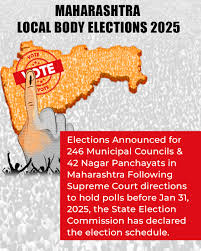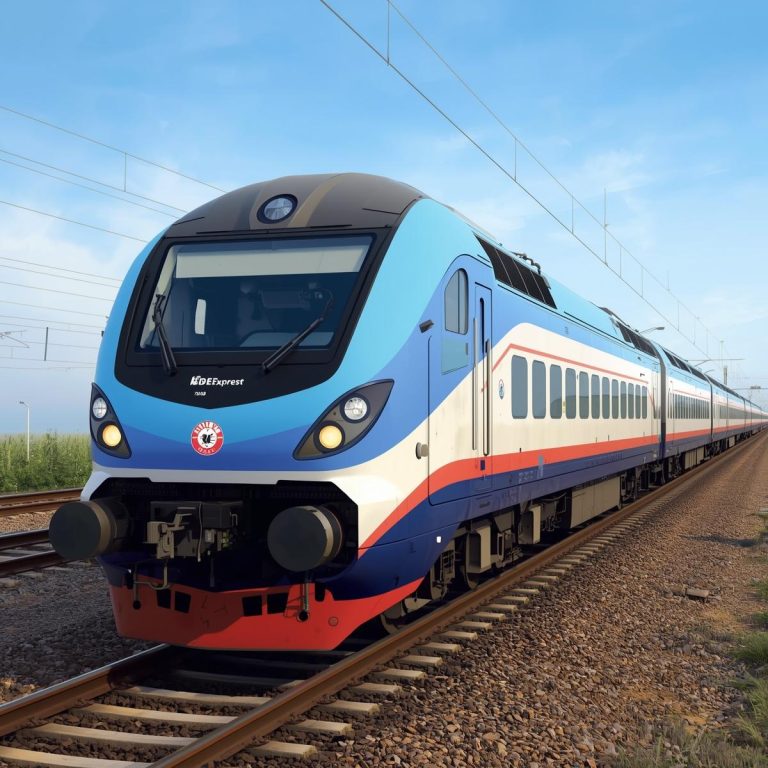
The two main aspects of urban development in India were the development of new cities and modernization of old urban systems PM Modi said on Wednesday.
“Had 75 new and major planned cities been built in the last 75 years since Independence, the picture of India today would have been totally different,” the Prime Minister said while addressing a post-Budget webinar on Urban Planning Development and Sanitation.
The Budgetary allocation of ₹15,000 crore for this year will mark a new beginning of planned and systematic urbanization in the country and it will gain momentum, he said.
“Be it architecture, zero discharge model, net positivity of energy, efficiency in land use, transit corridors or use of AI in public services, this is the time to set new parameters for our future cities,” he added.
Prime Minister Narendra Modi has indeed emphasized the need for new cities in India to be built with certain goals in mind. In particular, he has stressed that new cities should be garbage-free, water-secure, and climate-resilient.
The goal of building garbage-free cities is in line with the Indian government’s Swachh Bharat Abhiyan (Clean India Mission), which aims to make India a clean and open-defecation-free country. The mission includes a focus on waste management, and emphasizes the importance of proper disposal and recycling of waste.
Water security is another important goal, given that many cities in India face acute water shortages and a lack of adequate infrastructure to manage water resources. Building cities that are water-secure would require measures such as rainwater harvesting, the development of sustainable water sources, and the efficient management of water resources.
Finally, building climate-resilient cities is essential given the increasing frequency and severity of natural disasters in India. Climate-resilient cities would need to be designed to withstand the impacts of extreme weather events, such as floods, droughts, and heatwaves.
This could involve measures such as the development of green infrastructure, the adoption of renewable energy sources, and the integration of climate-resilient technologies into urban planning and design.




